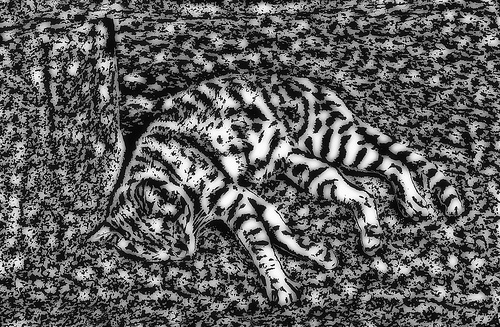Black and White and Read

“Are you going to be Asian or white?” my older daughter asked her sister.
We were in the kitchen. The kids were working on homework, and I was meal planning. My ears pricked, and I stopped what I was doing to listen.
This conversation between my daughters took place some years ago as my younger child was preparing to attend middle school. We were looking at a couple of different schools, one of which, a large public school, had a particular reputation of closed racial groups–Black, white, Asian–with little interaction among the camps. I thought how strange that one could actually choose one’s racial affiliation. (My kids are Korean and Caucasian.) On the other hand, I felt uneasy that my daughters felt the need to limit themselves racially at school.
I am reminded of that memoir Life on the Color Line: the True Story of a White Boy Who Discovered He Was Black by Gregory Howard Williams. Williams, who had been told his people were Italian, lived as a middle-class white boy in Virginia. But upon his parents’ separation, he was informed his father was Black and was sent to live with his father’s family in a poor, segregated community. For me, one of the most poignant moments of that book was when Williams entered the gymnasium on the first day of school. White students sat on one side, and Black students on the other, separated by law. He stood there for a moment and then took a seat on the Black side.
I wasn’t going to write about this subject of race. I never planned to. Nor did I feel entitled to (my ancestors hailed from the northernmost regions of Europe, any farther north and they would have toppled into the Baltic Sea). But recent events in Charlottesville and even more recent comments by the president regarding athletes, free speech, and the national anthem compel us all to speak up against racial inequality.
In an article for USA Today, Alia E. Dastigir states the Southern Poverty Law Center “documented an uptick of hate and bias incidents after the presidential election, tracking 1,094 in the first month alone. The organization also says the number of hate groups in the U.S. increased for a second year in a row in 2016. In April, the ADL reported anti-Semitic incidents in the U.S. rose 86% in the first quarter of 2017.”
It’s all more than a little bit daunting.
Hate is clearly on the rise. Hate now has permission to raise its ugly head and bray venomous messages against non-Christians, non-heterosexuals, and non-whites. What to do?
On her Facebook page, author Darcey Rosenblatt referenced an article “11 Things White People Can Do To Be Real Anti-racist Allies” by Kali Holloway. I read all of them. I plan to attend more peaceful rallies like the uplifting Hands Around Lake Merritt and the Oakland Women’s March (suggestion # 11 by Sarah Sahim), but it was item # 6 by Arthur Chu that struck a chord with me. He said:
Read a book.
Chu says, “asking your black friend or Asian friend what books they’d recommend will probably be received a lot better than asking them to explain race to you right then and there.”
Now that I can do. And I can not only read a book (more than one) by a Writer of Color, I can talk about said book, and I can review that book. So that’s my plan so far. The first book I purchased for my new plan is titled, appropriately, Behold the Dreamers by Mbolo Mbue.
It seems a little thing, reading a book. Yet I know some of Hitler’s earliest actions were to confiscate printing presses and ban books. And guess what? This also happens to be Banned Books Week!
So there you go.